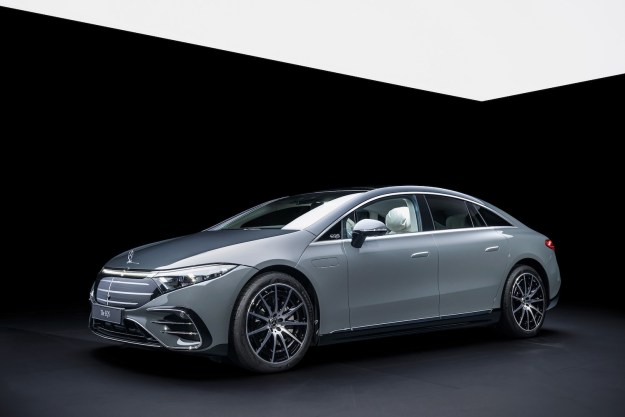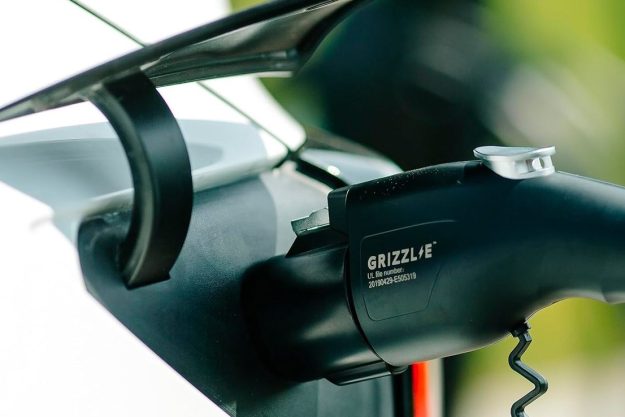The United Auto Workers (UAW) union is set to strike at General Motors, potentially placing the manufacturer’s supply of trucks and SUVs at risk.
The UAW said that its members at General Motors are planning to walk out at 11:59 pm on September 15 if the vehicle manufacturer fails to meet its demands. The strike is likely to happen, as a statement by the union suggested that negotiations with General Motors for a new contract were not going well.
“If GM refuses to give even an inch to help hard-working UAW members and their families then we’ll see them on the picket lines tonight,” said the union in its statement, CNN reported.
“We stood up for General Motors when they needed us most. Now we are standing together in unity and solidarity for our Members, their families and the communities where we work and live,” said UAW Vice President Terry Dittes in the union’s official statement.
The UAW’s contract with General Motors already expired at 12:01 am on September 15. However, the union’s 48,000 members across the 31 factories and 21 other facilities of the vehicle manufacturer have not yet made a move.
If the strike proceeds, it will be the first auto strike in the United States in the past 12 years, since UAW members held a strike against General Motors in 2007. It will also be the largest by any union against any business in the United States since then.
The strike may also affect General Motors’ supply of trucks and SUVs. There are enough of the vehicles to last dealerships more than 11 weeks, according to Cox Automotive, as reported by The Detroit News. However, if the strike goes on for an extended period of time, the available supply will not be enough.
General Motors is looking at a cost of about $1.3 million per hour at each plant that is idled by a strike. The workers, meanwhile, will also feel the effects as they will only receive $250 per week as strike pay from the UAW.
Dittes said that going on strike was the union’s “last resort,” though he did not reveal the exact details on the outstanding issues that remain with General Motors. The union, however, said that the strike was to secure fair wages, affordable healthcare, profit sharing, job security, and a definite path for permanent employment for temporary workers.
We have reached out to General Motors and the UAW for comment and will update this story if we hear back.
Editors' Recommendations
- General Motors enters the used car game with CarBravo
- 49,000 UAW workers are striking against GM. Here’s what you need to know


